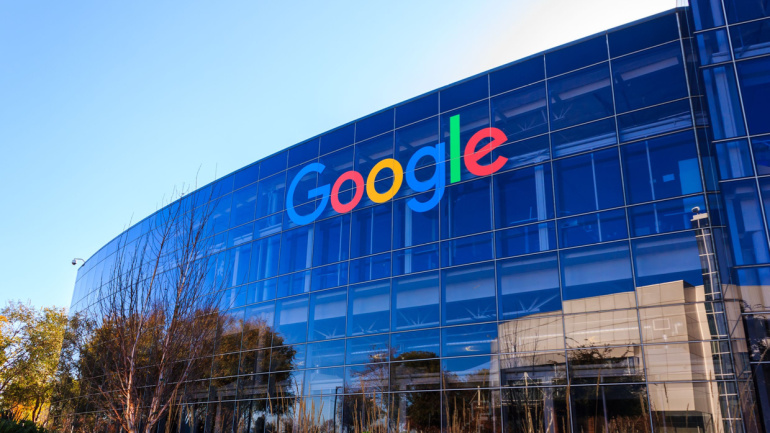In a strategic move to enhance the appeal of its smartphones, South Korean tech giant Samsung has joined forces with Google and Qualcomm, marking a significant collaboration in the tech industry. The focus of Samsung’s latest Galaxy S24 series launch lies in the integration of generative AI, a result of the newfound partnership with Google Cloud.
Gartner forecasts a huge 20.4% increase in public cloud services expenditure by 2024, hitting an astounding $679 billion. This surge in spending could be primarily driven by business needs and innovative technologies like generative AI. Interestingly, all cloud market segments Gartner monitors are set to grow, with Infrastructure-as-a-service (IaaS) leading the pack at 26.6%. That said, as the cloud market evolves in response to business outcomes, non-technical issues such as cost, privacy, and sustainability are crucial considerations for an effective GenAI deployment.
UK’s communications regulator, Ofcom, has initiated an in-depth examination of the market dominance by Amazon and Microsoft in the cloud infrastructure services space, a move raising concerns about market competition. The regulator has tasked the Competition and Markets Authority with evaluating potential challenges for consumers in switching cloud providers due to issues like high data transfer fees and technical barriers. The outcome of this audit could have potential implications for these tech giants and impact the future landscape of the cloud services domain.
Swedish telecom giant, Ericsson, is making strides in harnessing the virtues of Open and Cloud RAN through a series of noteworthy offerings and trailblazing collaborations. Recent ventures with Telefónica on joint Cloud RAN trials underline a shared vision for a dynamic, open network architecture. This exploration goes beyond mainstream, incorporating automation and intelligent orchestration, with potential benefits to macro networks and enterprise applications alike. Ericsson’s commitment to open standards is further emphasized through successful deployment of radio hardware ready for next-gen open fronthaul technology and an intriguing pledge to offer an expansive Open RAN portfolio by next year.
Content Guru, a global leader in cloud contact center and customer experience (CX) technology, has unveiled a groundbreaking addition to its storm® platform. In a significant move, the company has integrated Google Business Messages, a digital communication channel, into its repertoire. This integration empowers customers to engage with brands via various Google entry points, including Google Search, Google Maps, and Google Ads.
Transferring 5G workloads to the public cloud is proving slower than expected, leading financial firm Dell’Oro to adjust its growth predictions for 5G standalone (SA) solutions down. Despite this, a growth rate of 65% over five years is still anticipated. However, the slow adoption of 5G SA by mobile network operators and enterprises has led to a cautious approach. Hyperscale cloud providers look set to hold just 6% of total market revenue in the next five years, underscoring the remaining untapped potential in the 5G SA market.
The Q2 global market growth for cloud infrastructure services showed a flourishing trend, although at a slightly reduced rate from Q1. The noteworthy strides are largely linked to evolving spending habits, with AI expected to power considerable growth soon. Amazon and Microsoft demonstrate this shift, announcing AI-focused programs in response to the rising demand. Nevertheless, mastering AI implementation comes via strategic partnerships, open to those willing to forward AI applications.
Ribbon Communications, a global provider of communications software, IP, and optical networking solutions to service providers, companies, and critical infrastructure sectors, has announced that its Session Border Controllers have been certified for Google’s new SIP Link. Customers can use Google SIP Link to link their existing carrier to Google via a network of certified Session Border Controllers (SBC). This adaptability enables the use of existing telecommunications infrastructure while maintaining continuous service with the user’s current carrier. The extensive enterprise SBC portfolio from Ribbon, which is installed in service provider networks all over the world, provides businesses with call encryption, secure telecom connectivity to help prevent fraud and unauthorized access, as well as protection for the larger enterprise data network from malicious users. These SBCs have undergone extensive testing to ensure that they offer strong SIP security and compatibility, including with traditional PBXs, contact centers, analog devices, SIP…
Google has a long history of secretly working on complex, high-tech projects, and the company has disclosed yet another such initiative. Aalyria, a new telecom company, was introduced on Monday. Within Google, it was known by the code name “Minkowski.” Despite the lack of precise information, sources claim that the company has been developing software for satellite-based, high-speed communications networks. Aalyria stated in a media release that its goal is to manage extremely fast, remarkably secure, and highly complicated communication systems that span land, sea, air, near space and deep space. However, Google declined to disclose information about Aalyria, including how long it has been developing the technology and how many employees are joining the startup. The Loon group’s software will be converted by Aalyria experts into a cloud-based system for controlling intricate networks that link high-speed Internet to objects such as satellites, aircraft and ships. …
According to Google Cloud, it successfully stopped the greatest distributed denial-of-service (DDoS) assault ever, which reached a peak of 46 million requests per second (rps). One Google Cloud client who was utilizing the DDoS protection service Google Cloud Armor was the target of the assault on June 1. The attackers blasted consumers’ HTTP/S Load Balancer with HTTPS requests for 69 minutes, starting with 10,000 rps and quickly scaling up to 100,000 rps until peaking at a stunning 46 million rps. The assault was notable not just for its surprisingly enormous level of traffic, but also for other factors. 5,256 source IPs from 132 different countries participated in the assault. According to Google, it is the largest ever attack at Layer 7, which refers to the applications top layer in the Internet’s OSI model. The assault on Google’s client was nearly twice as large as a June HTTPS…













